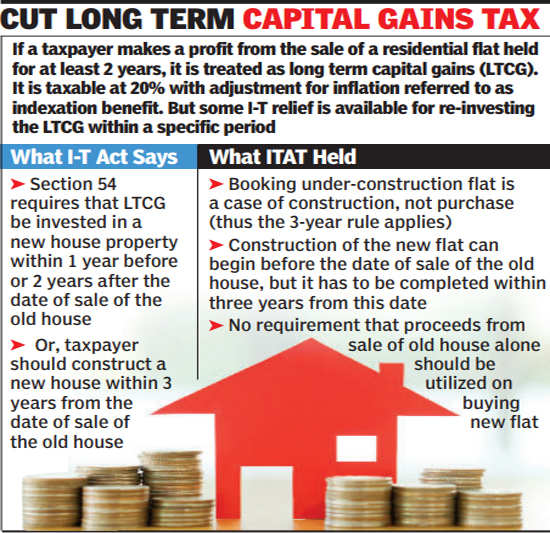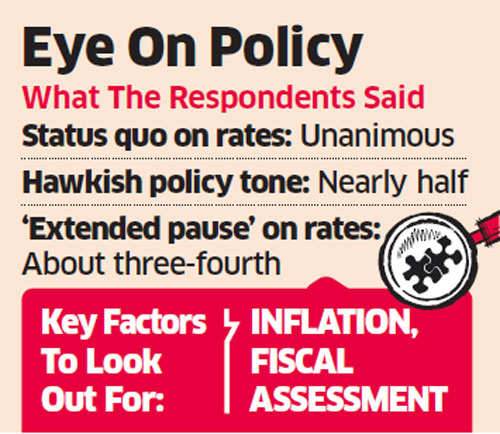 MUMBAI: A sharp increase in the number of housing finance companies (HFCs) is set to intensify the competition in home loans. According to ratings agency ICRA, the overall market size for housing finance is around Rs 15.3 lakh crore as of September 2017 and the overall share of HFCs is Rs 8.5 lakh crore.
MUMBAI: A sharp increase in the number of housing finance companies (HFCs) is set to intensify the competition in home loans. According to ratings agency ICRA, the overall market size for housing finance is around Rs 15.3 lakh crore as of September 2017 and the overall share of HFCs is Rs 8.5 lakh crore.Home loan growth, which has been the main driver of increase in bank credit, slowed down from 19% in FY16 to 16% in FY17 and further to 15% Y-o-Y for the 12 months ended September 2017. The HFCs’ loan portfolio has grown at a faster pace than banks on the back of the increase in the number of players — from 57 in 2013 to 91 in December 2017.
Several new groups have entered the mortgage business through a dedicated housing finance company. These include Piramal, Religare, Reliance, Aditya Birla Housing, Edelweiss and IndoStar Home Finance. Currently, HDFC, SBI, ICICI Group, LICHF and Axis Bank dominate the home loan market. Going forward, the other finance companies are expected to increase their share.
While the cost of funds is higher for non-banks, they are able to manage their spreads by lending to developers. With non-housing loan portfolio of HFCs growing at a faster pace, the share of housing loans in the overall HFC portfolio has declined to 67%.
“From an overall retail credit perspective (across lending groups), retail credit growth of housing finance companies was largely range-bound at around 20% over the period September 2016 to September 2017, while bank and NBFCs witnessed some decline in their retail credit growth post-demonetisation. The recovery was relatively better for banks, as it grew at about 17% Y-o-Y in September 2017, driven by the non-housing segment. However, NBFC retail credit growth was relatively lower at about 15-16% during this period,” said A M Karthik, assistant VP and sector head (financial sector ratings), ICRA.
According to an ICRA report, NBFCs’ share in the unsecured consumer credit (excluding microfinance) is likely to expand as more entities venture into this segment for product diversification and higher business yields.
Source- ET Realty



